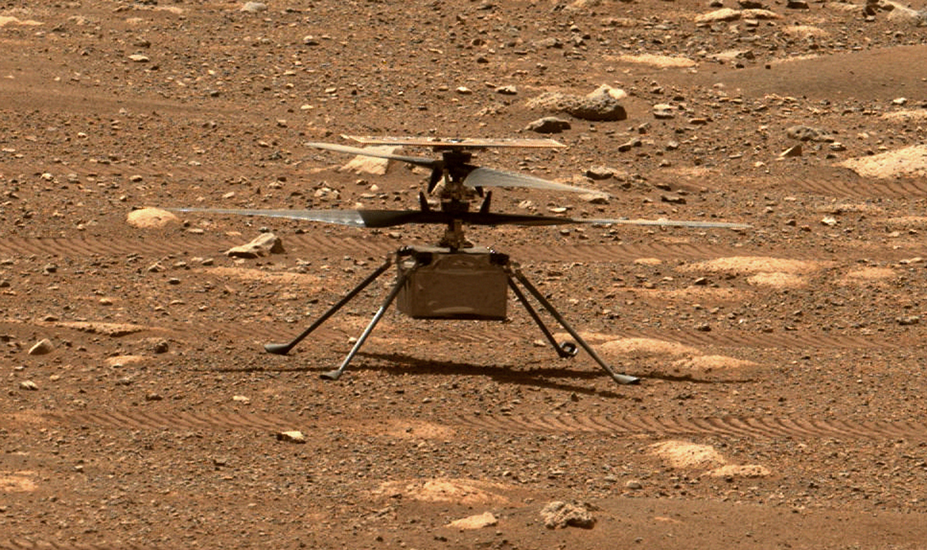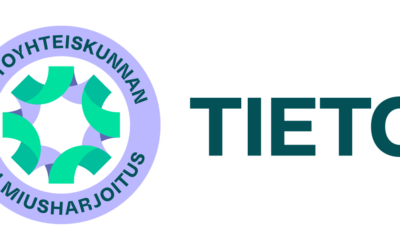NASA’s current Mars Exploration Program also includes Finnish technology from Murata. The SCA100T dual-axis inclinometer designed and manufactured in Finland is used in NASA’s Ingenuity helicopter, which began its journey to Mars with the Perseverance rover in July 2020 and arrived on the planet’s surface in February 2021. After two months of preparation and battery charging, the helicopter performed its historic maiden flight on April 19, 2021.
The flight conditions on Mars present their own challenges for the technology. The planet’s gravity is about 40% and air pressure less than 1% of the conditions on Earth. The temperature is below -100 degrees Celsius. In addition to this, the 20-minute communication delay due to the distance between Earth and Mars requires the helicopter to operate independently during its brief flights.
The Ingenuity is about 50 cm tall and weighs 1.8 kg. The lift is generated by two rotors that spin in opposite directions at 2,400 RPM. The purpose of the inclinometer is to eliminate the inclination errors of the separate IMU (Inertial Measurement Unit) through calibration before each flight, so that the system can carry out the flight accurately. The signal produced by the sensor must be extremely precise; on Mars, the inclination signal is about one-third of the signal measured on Earth.
The first test flights that lasted less than a minute successfully lifted the Ingenuity a few meters off the ground. The later longer flights have taken the helicopter higher and further. Going forward, the distance and duration of the test flights will be increased. The helicopter equipped with cameras significantly expedites the process of exploring Mars, and the functionality of the technology on a foreign planet seems promising, based on test flights so far.
The mission of the Perseverance is to find signs of life on Mars. It will collect samples that can be brought to Earth for study and tests technologies that may enable people to visit Mars in the future. The rover will spend at least one Mars year, i.e., 687 Earth days, on the red planet.
On Earth, Murata’s corresponding sensor technology is used in various industrial applications, such as heavy machinery, construction tools and condition monitoring of structures such as bridges.
More information about NASA’s Mars Exploration Program
Watch the video of Ingenuity’s flight
Heino Härkönen, Product Engineer
Antti Jokiluoma, Specialist, Product Quality
Picture: Nasa



